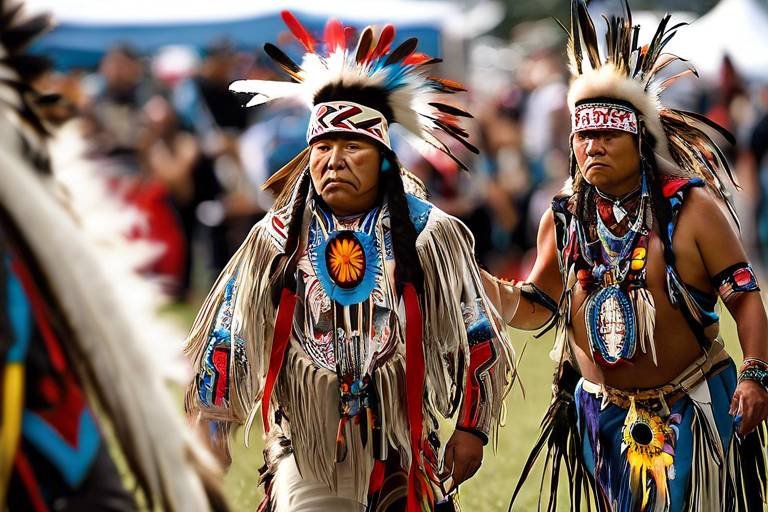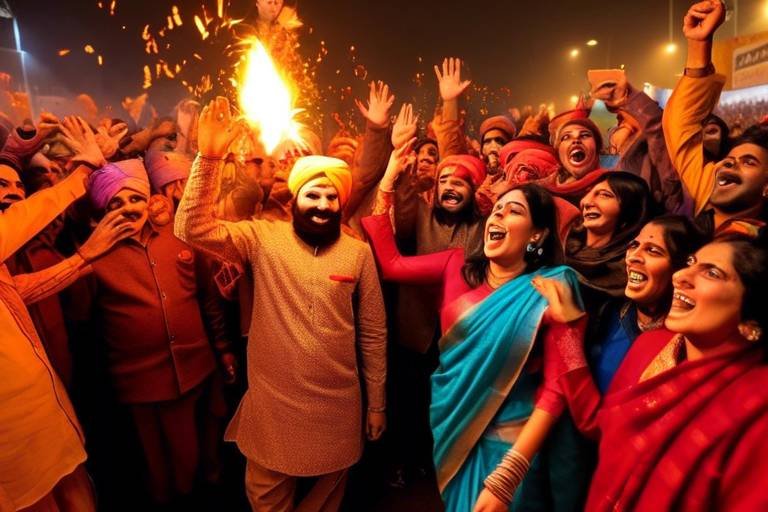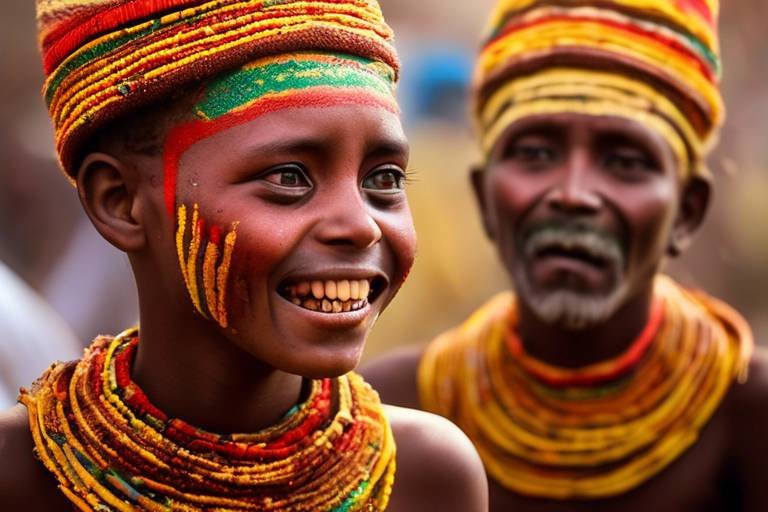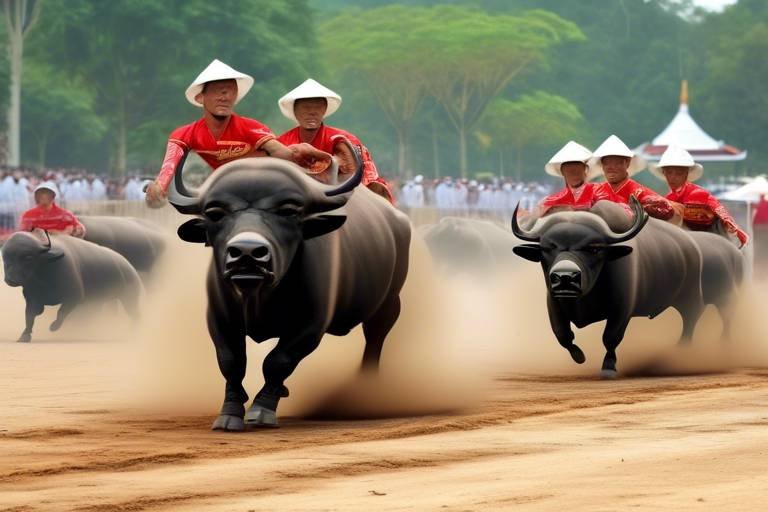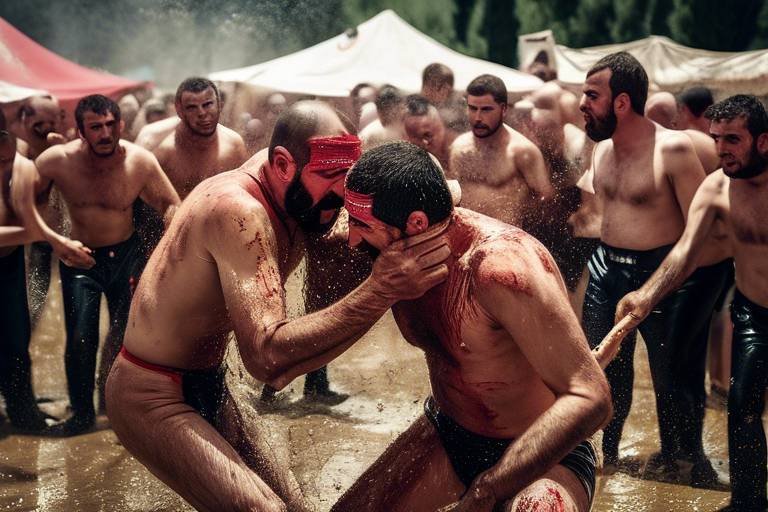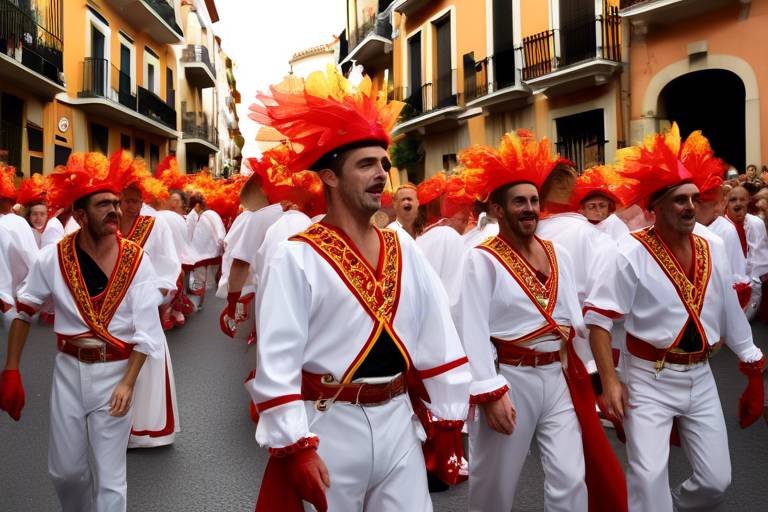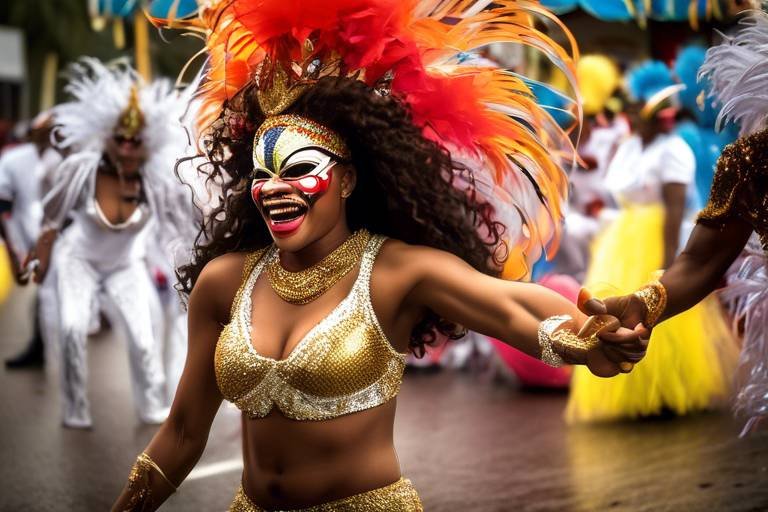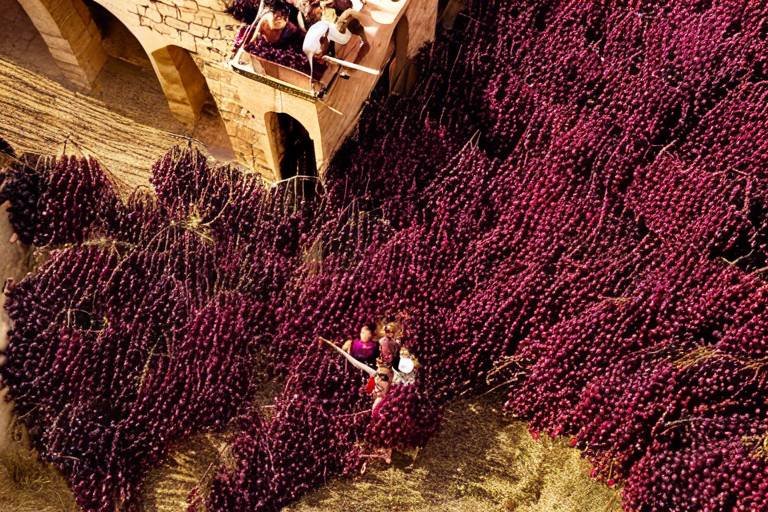Dancing with the Drums at Brazil's Carnival
When you step into the vibrant and rhythmic world of Brazil's Carnival, you are instantly transported into a whirlwind of samba beats, colorful costumes, and an explosion of culture and tradition. It's a celebration like no other, where the streets come alive with music, dance, and a sense of joy that is contagious.
As you immerse yourself in the festivities, you can't help but be captivated by the history and evolution of Brazil's Carnival. From its humble beginnings in colonial times to its transformation into a world-famous festival, the Carnival has a rich and fascinating story to tell.
At the heart of Brazil's Carnival lies samba, the pulsating heartbeat that drives the energetic dance performances and unites communities in a shared love for music and movement. The infectious rhythms of samba music fill the air, inviting everyone to join in the celebration.
One of the most striking aspects of Brazil's Carnival is the elaborate costumes worn by participants, each more extravagant and colorful than the last. The parades that wind through the streets are a feast for the eyes, showcasing a dazzling display of creativity and craftsmanship.
But it's not just about the parades - the real magic of Brazil's Carnival can be found in the street parties known as blocos. These lively gatherings bring together locals and tourists alike, creating a vibrant and inclusive atmosphere where everyone is welcome to dance, sing, and revel in the festivities.
Delving deeper into the traditions of Brazil's Carnival reveals a world of symbolism and ritual. From religious influences to cultural references, every aspect of the celebration holds meaning and significance, adding layers of depth to the joyous spectacle.
Behind the scenes, drummers and percussionists play a crucial role in creating the pulsating rhythms that drive the dance performances and energize the crowds. Their skill and passion infuse the Carnival with an undeniable energy that is impossible to resist.
As Brazil's Carnival continues to captivate audiences around the world, its global impact as a major tourist attraction cannot be overlooked. Visitors from far and wide flock to Brazil to experience the unique blend of music, dance, and cultural heritage that makes the Carnival a truly unforgettable event.
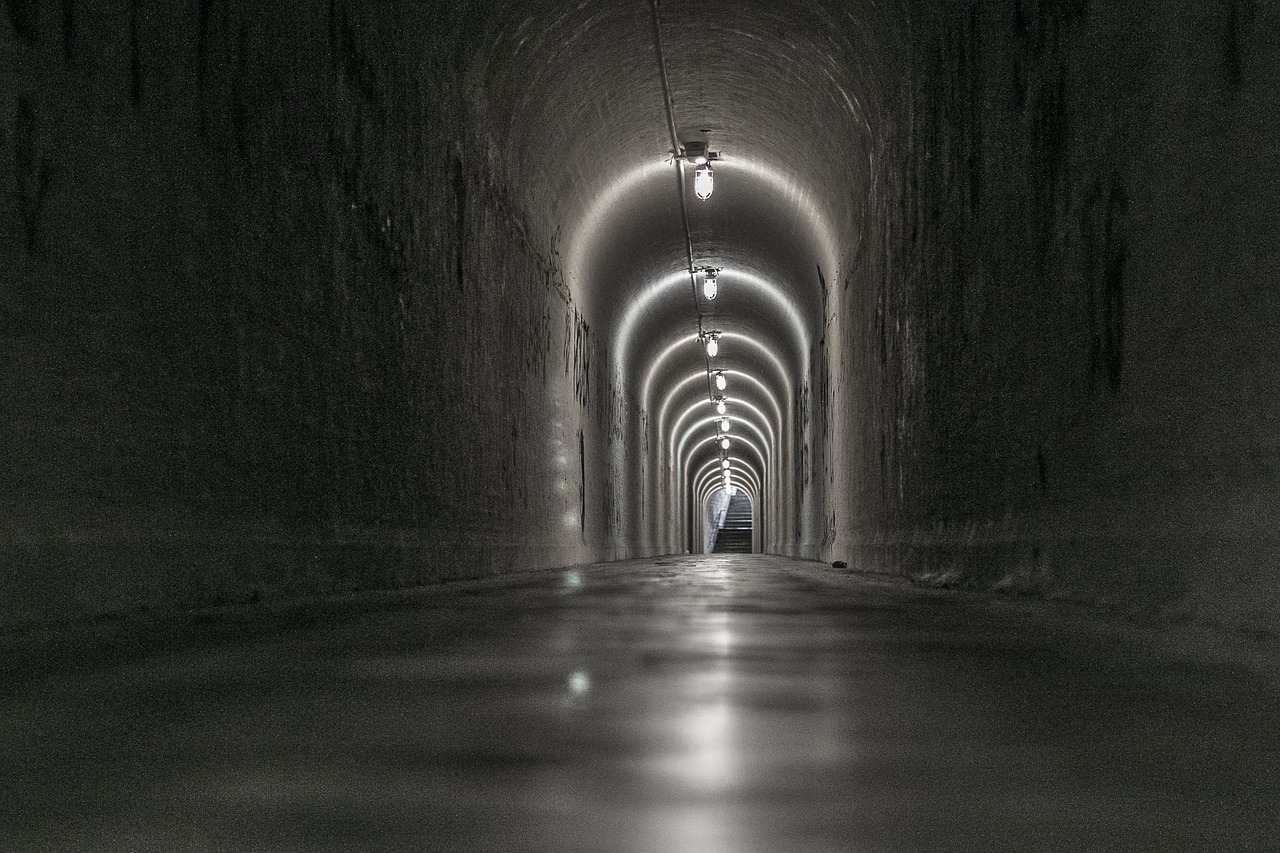
History of Brazil's Carnival
The history of Brazil's Carnival is a rich tapestry woven with threads of tradition, culture, and celebration. Dating back to the colonial era, Carnival in Brazil has evolved from a religious observance to a vibrant festival that captivates the hearts and minds of millions around the world.
Originally introduced by Portuguese settlers, Carnival was initially a period of feasting and merrymaking before the solemn season of Lent. Over time, it became infused with African rhythms, indigenous influences, and European traditions, creating a unique and dynamic cultural phenomenon.
During the 19th century, masquerade balls and street processions became popular features of Carnival, adding to the spectacle and excitement of the festivities. The introduction of samba music in the early 20th century further transformed Brazil's Carnival into a dazzling display of music, dance, and creativity.
Today, Brazil's Carnival is a global phenomenon, attracting visitors from all corners of the world to experience the magic and energy of this iconic event. From the glittering parades in Rio de Janeiro to the lively street parties in Salvador, Carnival continues to enchant and inspire all who partake in its joyous celebrations.

Samba: The Heartbeat of Carnival
Exploring the vibrant and rhythmic world of Brazil's Carnival, where samba beats and colorful costumes come together in a celebration of culture and tradition.
Delve into the origins and evolution of Brazil's Carnival, tracing its roots back to colonial times and its transformation into a world-famous festival of music and dance.
When it comes to Brazil's Carnival, samba is not just a dance or music genre; it is the very heartbeat that pulsates through the streets and venues of this vibrant celebration. Samba, with its lively rhythms and infectious melodies, serves as the soul of Carnival, uniting people from all walks of life in a joyous and energetic embrace.
Explore the elaborate and extravagant costumes worn by Carnival participants, and the spectacular parades that showcase a dazzling display of colors, themes, and creativity.
Learn about the street parties known as blocos that take over the cities during Carnival, where locals and tourists alike come together to dance, sing, and celebrate in the streets.
Uncover the traditional rituals and symbolic elements embedded in Brazil's Carnival, from religious influences to cultural references that add depth and meaning to the festivities.
Highlighting the essential role of drummers and percussion instruments in creating the pulsating rhythms that drive the dance performances and energize the crowds during Brazil's Carnival.
Examine the global impact of Brazil's Carnival as a major tourist attraction, drawing visitors from around the world to experience the unique blend of music, dance, and cultural heritage.
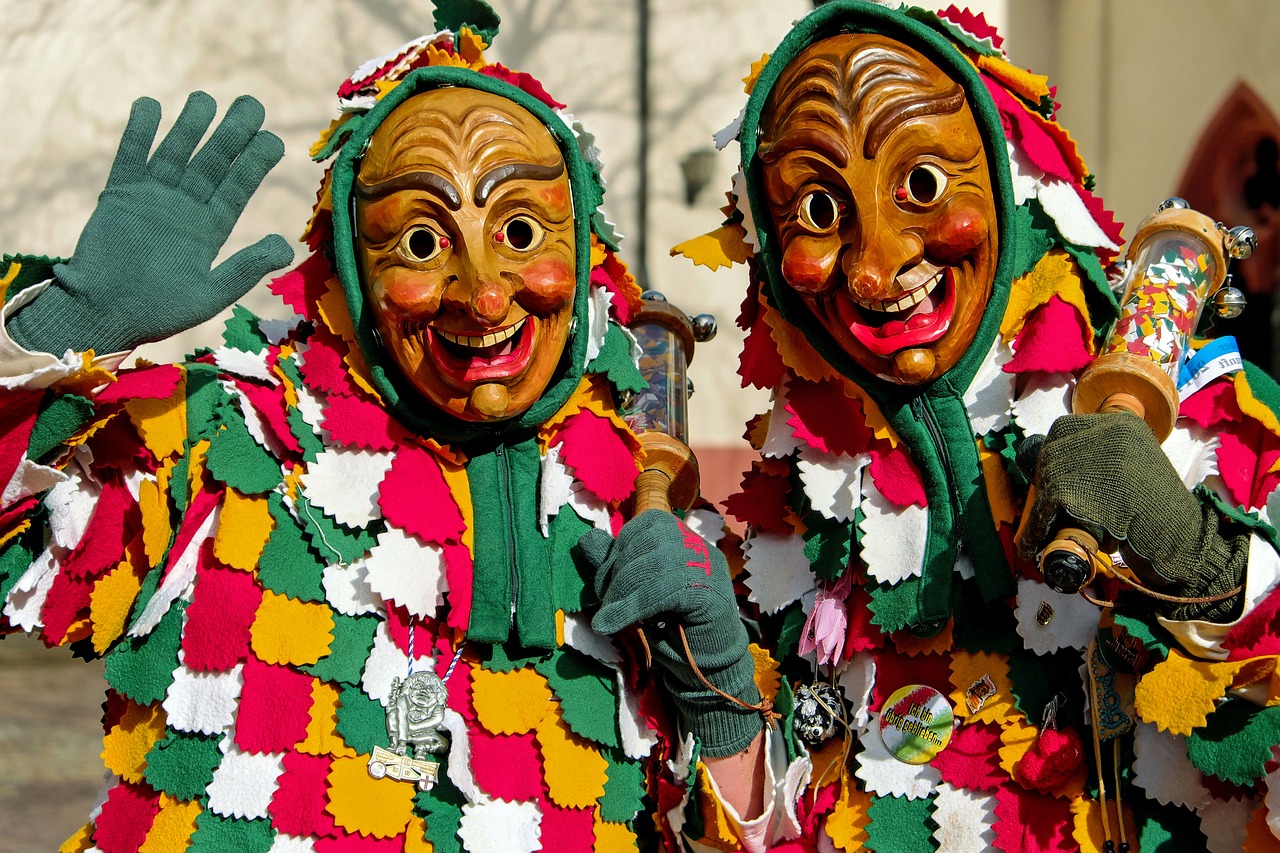
Costumes and Parades
When it comes to Brazil's Carnival, one cannot overlook the mesmerizing display of costumes and parades that captivate the eyes and hearts of all spectators. The costumes worn during Carnival are not just outfits; they are intricate works of art that reflect the vibrant culture and creativity of Brazil. Adorned with feathers, sequins, and bright colors, these costumes are a feast for the eyes, showcasing the craftsmanship and dedication of the designers who pour their hearts into creating them.
The parades, on the other hand, are a spectacle like no other. Imagine a procession of floats adorned with elaborate decorations, dancers moving in perfect harmony to the pulsating samba beats, and spectators cheering and clapping along the streets. It's a visual extravaganza that transports you to a world of fantasy and celebration, where every step is a dance and every moment is filled with joy.
One of the most iconic elements of the parades is the samba schools, each representing a different neighborhood or community in Brazil. These schools compete fiercely to put on the most impressive show, with elaborate choreographies, dazzling costumes, and infectious energy that electrifies the crowds. The parade becomes a stage where dreams come to life, and the streets transform into a canvas of creativity and passion.
As you watch the parade go by, you can't help but be swept away by the energy and enthusiasm of the participants, who dance and sing with all their hearts, embodying the spirit of Carnival. It's a celebration of life, of unity, and of the rich cultural heritage that defines Brazil's Carnival. The costumes and parades are not just a spectacle; they are a reflection of the soul of a nation, pulsating with rhythm and color, inviting you to join in the dance of life.
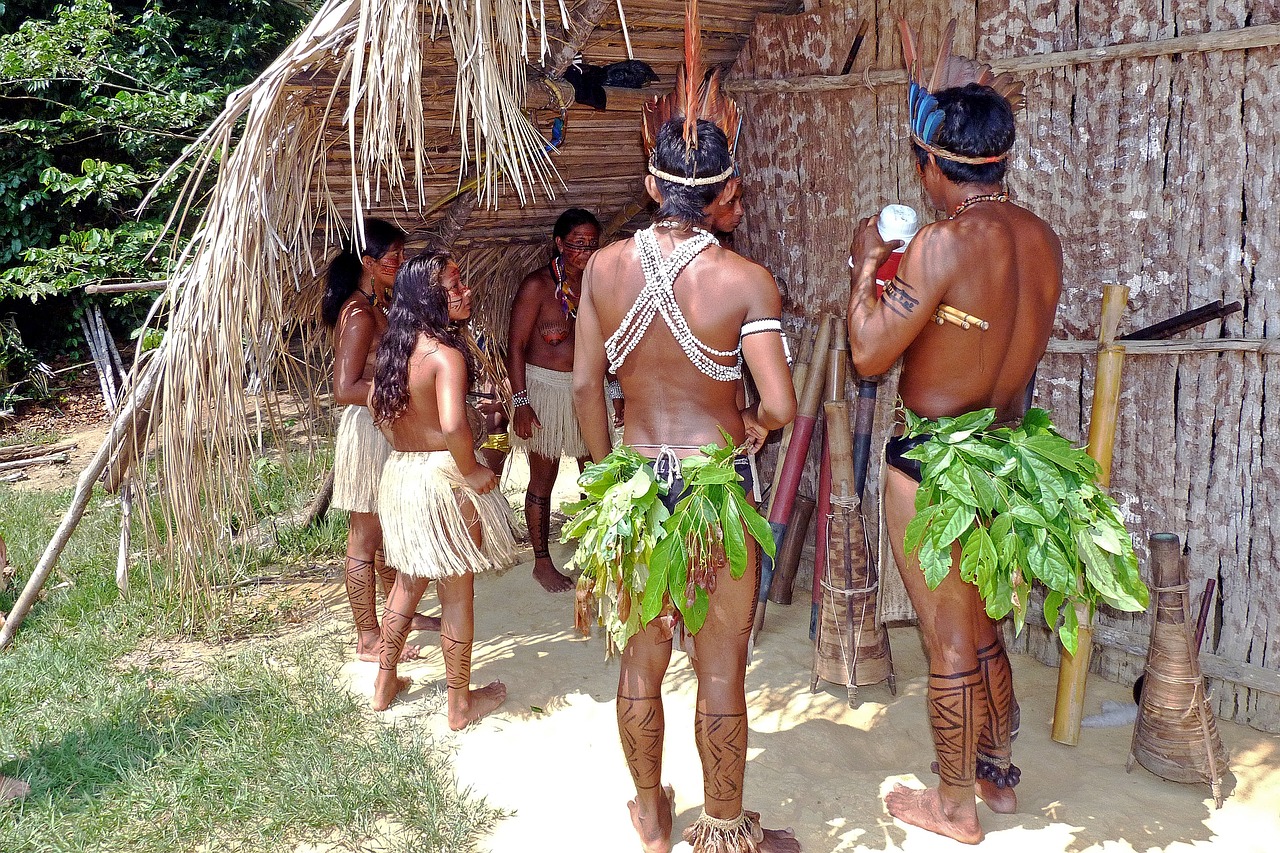
Street Parties and Blocos
When it comes to Brazil's Carnival, the streets come alive with an electrifying energy that can only be experienced firsthand. Street parties and blocos are an essential part of this vibrant celebration, where the pulsating rhythms of samba music fill the air and people from all walks of life come together to revel in the festivities.
Imagine yourself immersed in a sea of colorful costumes and lively dancers, moving to the beat of the drums as you navigate through the crowded streets. The atmosphere is infectious, drawing you in and inviting you to join the joyful chaos that defines Brazil's Carnival.
These street parties, known as blocos, are not just random gatherings but organized events with specific themes and schedules. Each bloco has its own unique identity, attracting participants with different tastes in music and dance styles. From traditional samba to modern variations, there is something for everyone to enjoy.
As you meander through the streets, you'll encounter vibrant floats adorned with elaborate decorations, showcasing the creativity and artistry of the participants. It's a visual feast for the eyes, with each bloco competing to outshine the others with their dazzling displays of colors and themes.
One of the most remarkable aspects of these street parties is the sense of unity and camaraderie that permeates the air. In the midst of the revelry, strangers become friends, locals welcome tourists with open arms, and everyone is united by the shared experience of celebrating life to the fullest.
Whether you're a seasoned Carnival-goer or a first-time visitor, the street parties and blocos offer a glimpse into the heart and soul of Brazil's rich cultural heritage. It's a melting pot of traditions, music, and dance that captivates the senses and leaves a lasting impression on all who partake in the festivities.
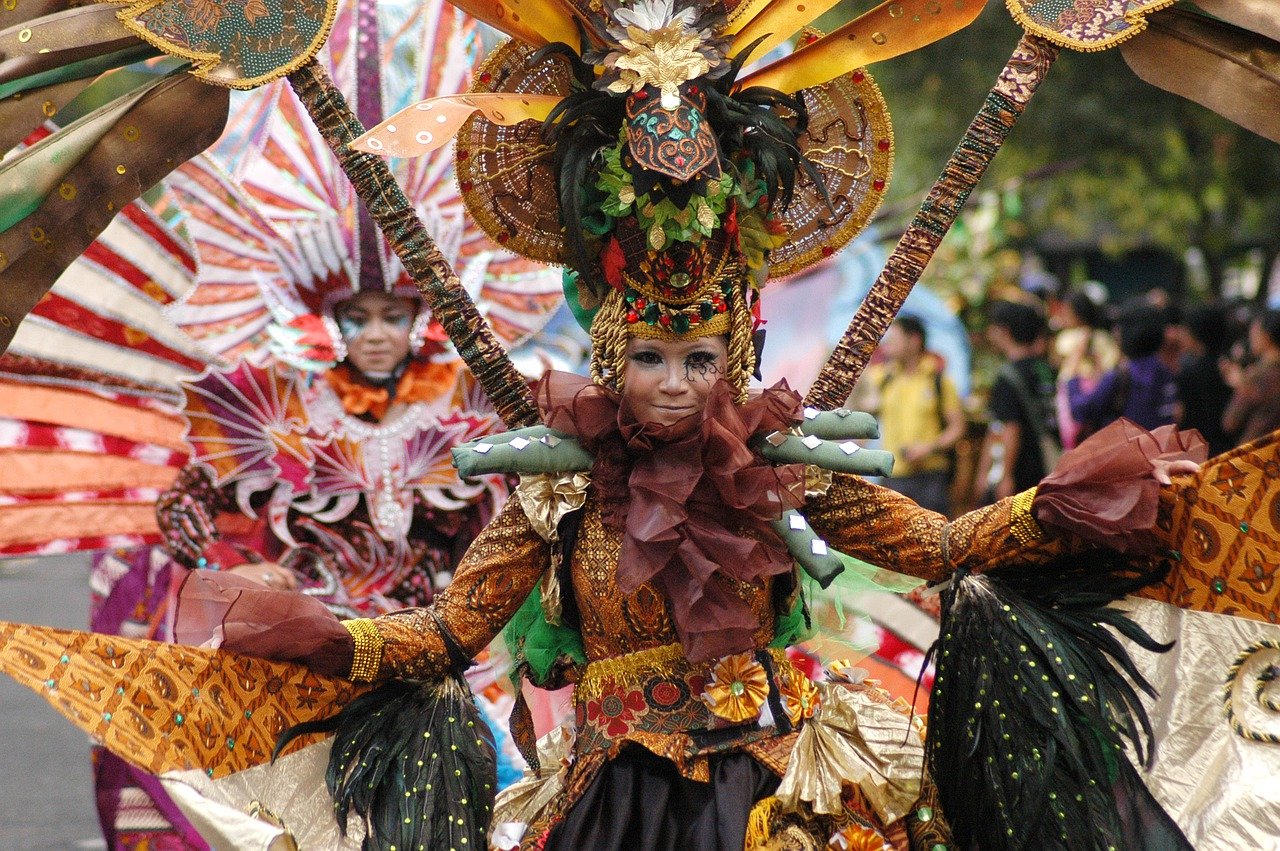
blocos
In the vibrant chaos of Brazil's Carnival, the term "blocos" refers to the lively street parties that take over the cities during this festive season. These blocos are not just any street gatherings; they are a crucial part of the Carnival experience, where the pulsating rhythms of samba music fill the air, and a sea of people dressed in colorful costumes dance and sing together in a jubilant display of unity and joy. Each bloco has its own unique theme, music style, and parade route, attracting both locals and tourists who join in the revelry, creating an electrifying atmosphere that is truly unforgettable.
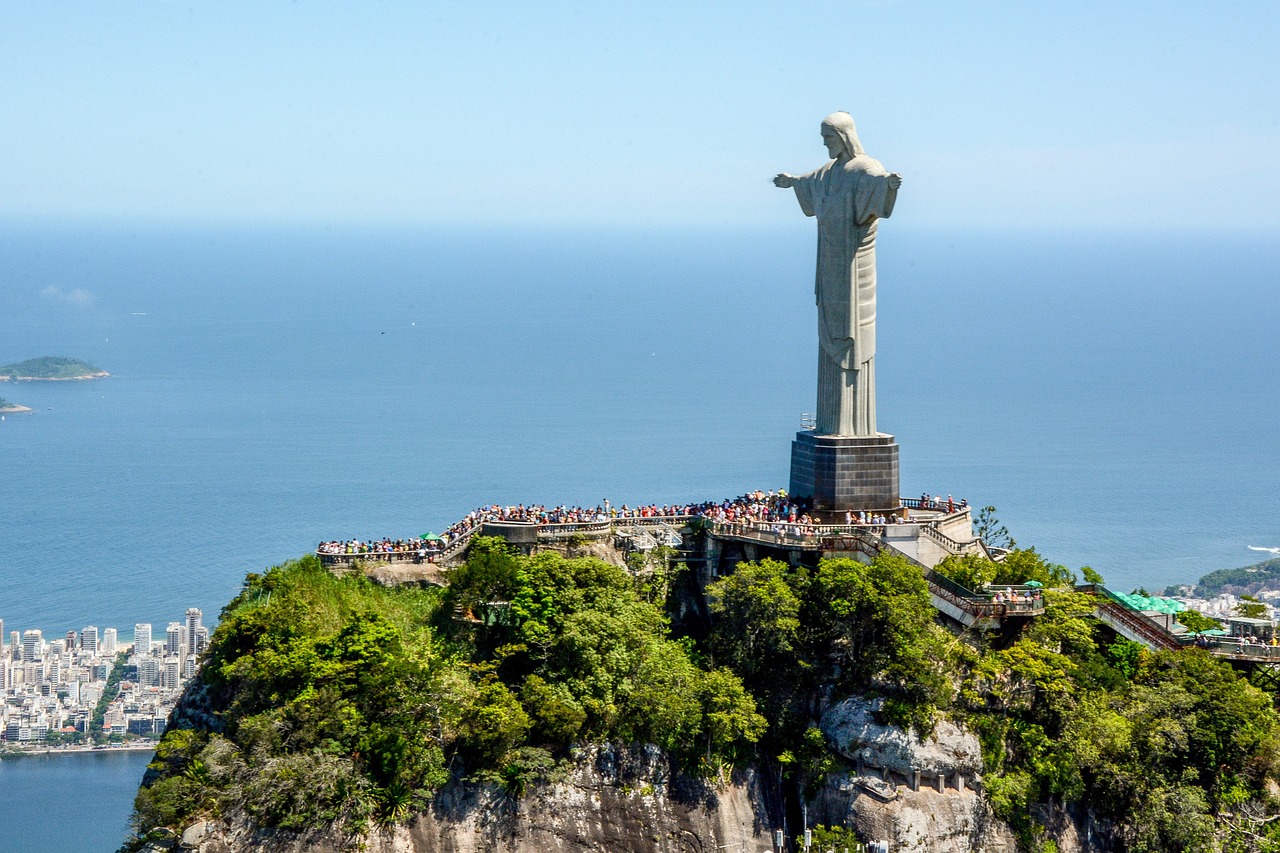
that take over the cities during Carnival, where locals and tourists alike come together to dance, sing, and celebrate in the streets.
Exploring the vibrant and rhythmic world of Brazil's Carnival, where samba beats and colorful costumes come together in a celebration of culture and tradition.
Delve into the origins and evolution of Brazil's Carnival, tracing its roots back to colonial times and its transformation into a world-famous festival of music and dance.
Discover the significance of samba music in Brazil's Carnival, its role in uniting communities, and how it drives the energetic and infectious dance performances during the festivities.
Explore the elaborate and extravagant costumes worn by Carnival participants, and the spectacular parades that showcase a dazzling display of colors, themes, and creativity.
Learn about the street parties known as blocos that take over the cities during Carnival, where locals and tourists alike come together to dance, sing, and celebrate in the streets.
Uncover the traditional rituals and symbolic elements embedded in Brazil's Carnival, from religious influences to cultural references that add depth and meaning to the festivities.
Highlighting the essential role of drummers and percussion instruments in creating the pulsating rhythms that drive the dance performances and energize the crowds during Brazil's Carnival.
Examine the global impact of Brazil's Carnival as a major tourist attraction, drawing visitors from around the world to experience the unique blend of music, dance, and cultural heritage.
Stay tuned for answers to common questions about Brazil's Carnival!

Traditional Rituals and Symbolism
When it comes to Brazil's Carnival, it's not just about the music and dance; there are deep-rooted traditions and symbolic meanings that enrich the festivities. One of the most iconic rituals is the crowning of the Carnival King and Queen, symbolizing the start of the celebrations and the reign of joy and revelry. These royal figures lead the parades with grandeur and charisma, embodying the spirit of Carnival.
Another significant tradition is the symbolic burning of the King Momo effigy, marking the end of Carnival and the beginning of Lent. This ritual signifies the cleansing of sins and the transition from indulgence to reflection. It's a powerful symbol of renewal and spiritual rebirth amidst the vibrant chaos of the festivities.
Colorful masks and costumes worn by participants hold symbolic meanings as well. They represent a form of escapism, allowing people to shed their identities and embrace a sense of freedom and anonymity during Carnival. The intricate designs and vibrant colors of the costumes also pay homage to Brazil's rich cultural heritage and diverse influences.
Moreover, the traditional dance performances, such as the frevo and maracatu, are steeped in symbolism and history. These dances often depict stories of resistance, resilience, and cultural pride, reflecting the struggles and triumphs of the Brazilian people. Through movement and music, these rituals convey a sense of unity and solidarity among participants, transcending language and background.
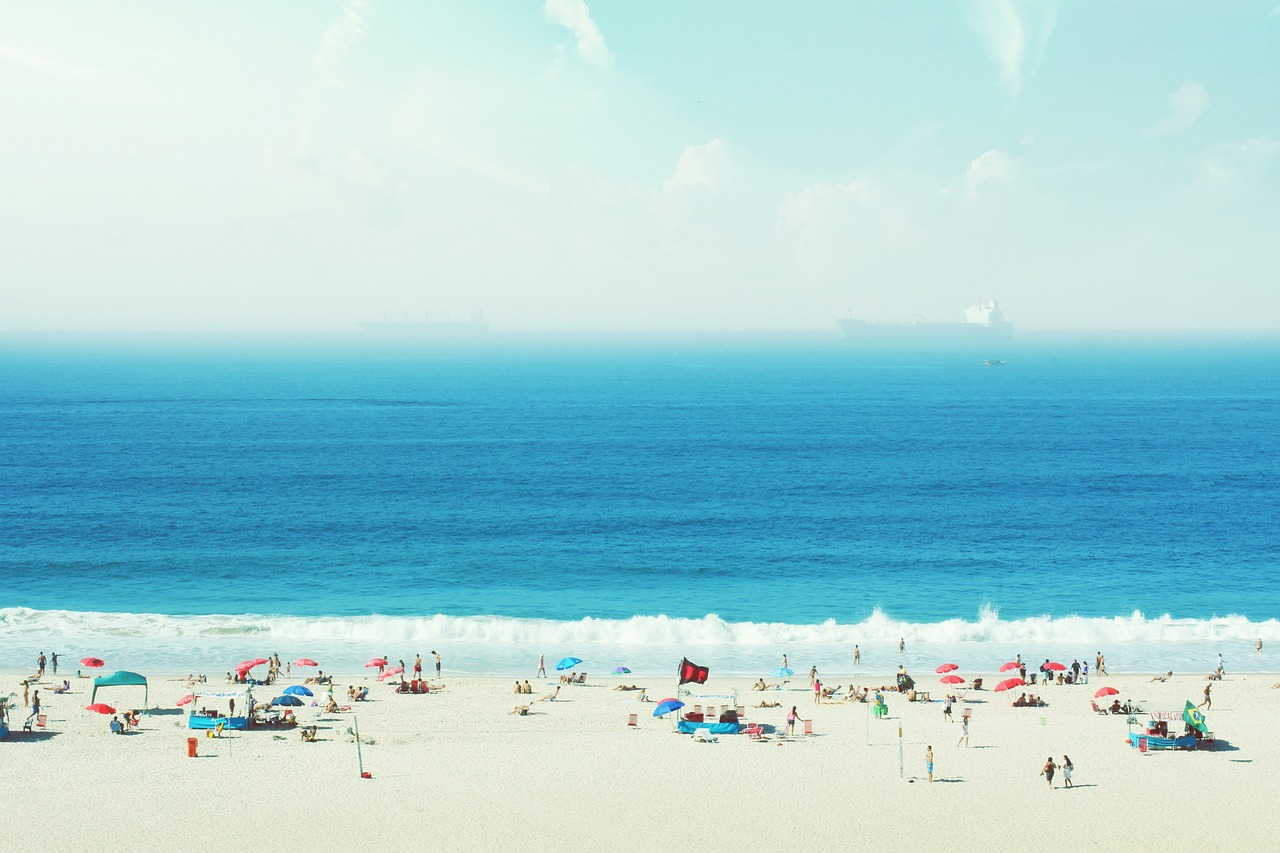
Role of Drummers and Percussion
When it comes to Brazil's Carnival, the role of drummers and percussionists is absolutely vital. They are the heartbeat of the festivities, the driving force behind the pulsating rhythms that fuel the energetic dance performances and electrify the crowds. Imagine a symphony of drums echoing through the streets, setting the pace for the colorful parades and street parties that define the Carnival experience.
Drummers in Brazil's Carnival are not just musicians; they are cultural ambassadors, carrying on centuries-old traditions and infusing them with modern flair. Their rhythmic beats transcend language barriers, bringing people together in a shared celebration of music and movement.
With a variety of percussion instruments like surdos, tamborims, and repiniques, the drummers create a cacophony of sound that reverberates through the air, creating an immersive auditory experience that is impossible to resist. Their synchronized beats synchronize with dancers' movements, creating a mesmerizing spectacle that captivates all who witness it.
During Carnival, drummers and percussionists are not just performers; they are storytellers, weaving a narrative of joy, passion, and cultural pride through their music. Their rhythms speak of resilience, creativity, and the vibrant spirit of Brazil, inviting everyone to join in the celebration and experience the magic of Carnival firsthand.
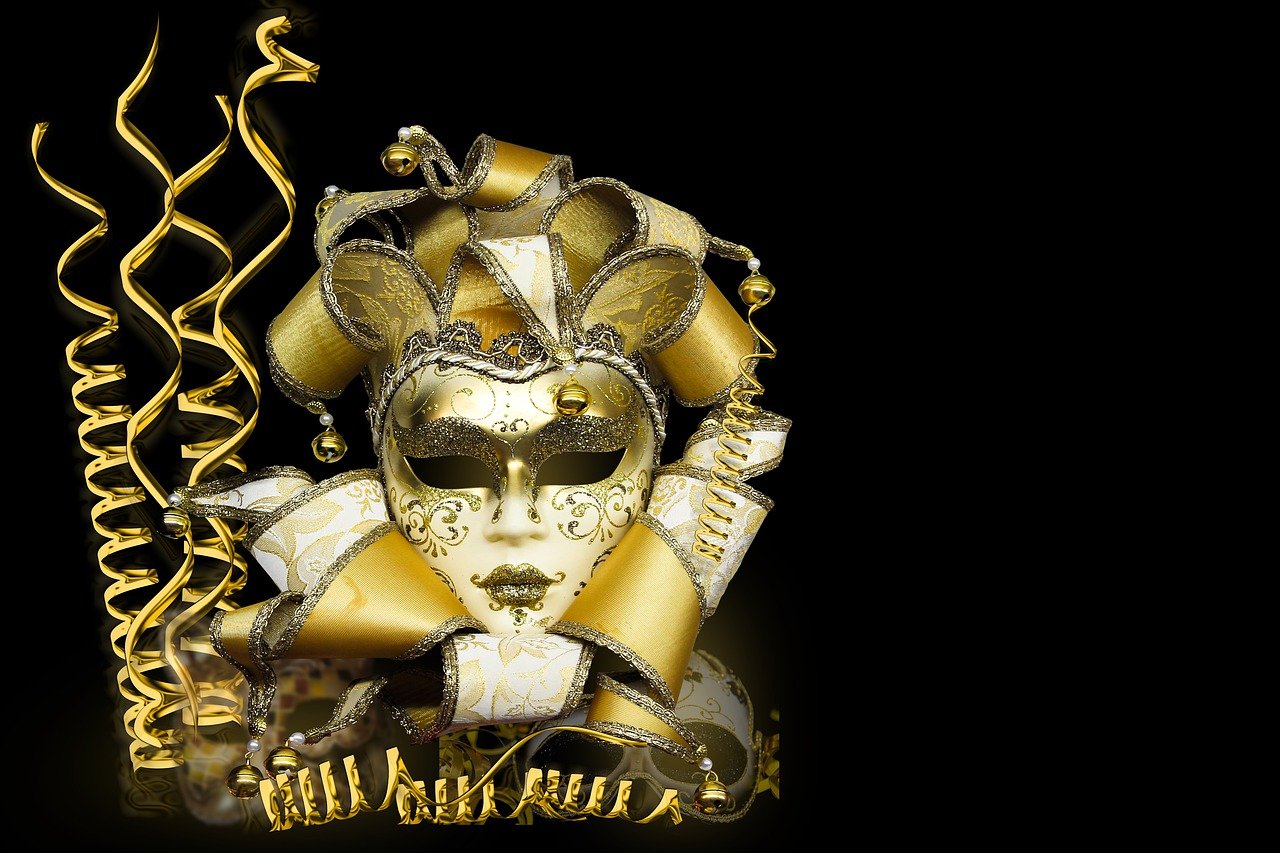
Global Impact and Tourism
When it comes to the global impact of Brazil's Carnival, it's hard to ignore the significant influence it has on tourism. Every year, millions of people from all corners of the world flock to Brazil to partake in the vibrant festivities and immerse themselves in the rich culture of the Carnival. The event has become a major tourist attraction, not only drawing in visitors but also boosting the local economy and showcasing Brazil's unique heritage to the world.
With its pulsating rhythms, colorful costumes, and infectious energy, Brazil's Carnival has a magnetic pull that transcends borders and languages. Tourists are captivated by the lively street parties, elaborate parades, and the opportunity to witness firsthand the passion and spirit of the Brazilian people as they come together to celebrate this iconic event.
Moreover, the global impact of Brazil's Carnival extends beyond tourism. It serves as a cultural ambassador, spreading the joy and exuberance of Brazilian music and dance to every corner of the globe. The festival's influence can be seen in various forms of entertainment, from music videos to fashion shows, where elements of samba and Carnival aesthetics are often incorporated to add a touch of Brazilian flair.
For many, experiencing Brazil's Carnival is not just a trip, but a transformative journey that leaves a lasting impression and fosters a deeper appreciation for the beauty and diversity of world cultures. It's a celebration that transcends boundaries, uniting people from different backgrounds in a shared experience of joy, rhythm, and community.
Frequently Asked Questions
- What is the history behind Brazil's Carnival?
Brazil's Carnival has a rich history that dates back to colonial times. It has evolved into a world-famous festival of music and dance, celebrating the country's culture and traditions.
- Why is samba music considered the heartbeat of Brazil's Carnival?
Samba music plays a vital role in uniting communities and driving the energetic dance performances during the festivities. It embodies the spirit and passion of Carnival, creating a vibrant atmosphere.
- What can one expect to see at the costumes and parades during Brazil's Carnival?
Participants at Brazil's Carnival showcase elaborate and extravagant costumes in spectacular parades that display a dazzling array of colors, themes, and creativity, adding to the festive ambiance.
- What are blocos and how do they contribute to Brazil's Carnival?
Blocos are street parties that take over cities during Carnival, where people come together to dance, sing, and celebrate in a lively and communal environment, adding to the festive spirit of the event.
- What are some traditional rituals and symbolic elements associated with Brazil's Carnival?
Brazil's Carnival incorporates various traditional rituals and symbolic elements, including religious influences and cultural references that add depth and meaning to the festivities, enriching the overall experience.
- How do drummers and percussion instruments contribute to the energy of Brazil's Carnival?
Drummers and percussion instruments play a crucial role in creating the pulsating rhythms that drive the dance performances and energize the crowds, adding a dynamic and lively element to the celebrations.
- What is the global impact of Brazil's Carnival and its significance in tourism?
Brazil's Carnival has a significant global impact as a major tourist attraction, drawing visitors from around the world to experience the unique blend of music, dance, and cultural heritage, making it a must-see event on the global calendar.


